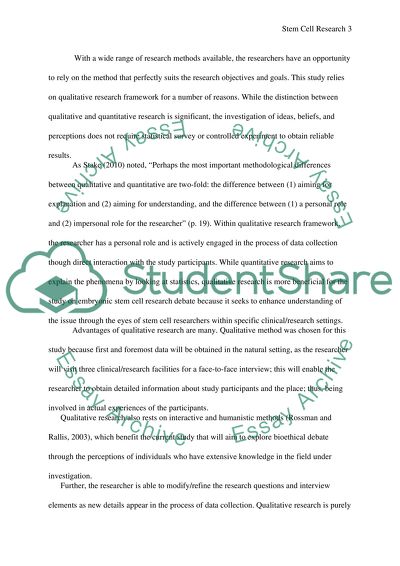Cite this document
(“Embryonic stem cell Dissertation Example | Topics and Well Written Essays - 3500 words”, n.d.)
Retrieved de https://studentshare.org/health-sciences-medicine/1391241-embryonic-stem-cell
Retrieved de https://studentshare.org/health-sciences-medicine/1391241-embryonic-stem-cell
(Embryonic Stem Cell Dissertation Example | Topics and Well Written Essays - 3500 Words)
https://studentshare.org/health-sciences-medicine/1391241-embryonic-stem-cell.
https://studentshare.org/health-sciences-medicine/1391241-embryonic-stem-cell.
“Embryonic Stem Cell Dissertation Example | Topics and Well Written Essays - 3500 Words”, n.d. https://studentshare.org/health-sciences-medicine/1391241-embryonic-stem-cell.


